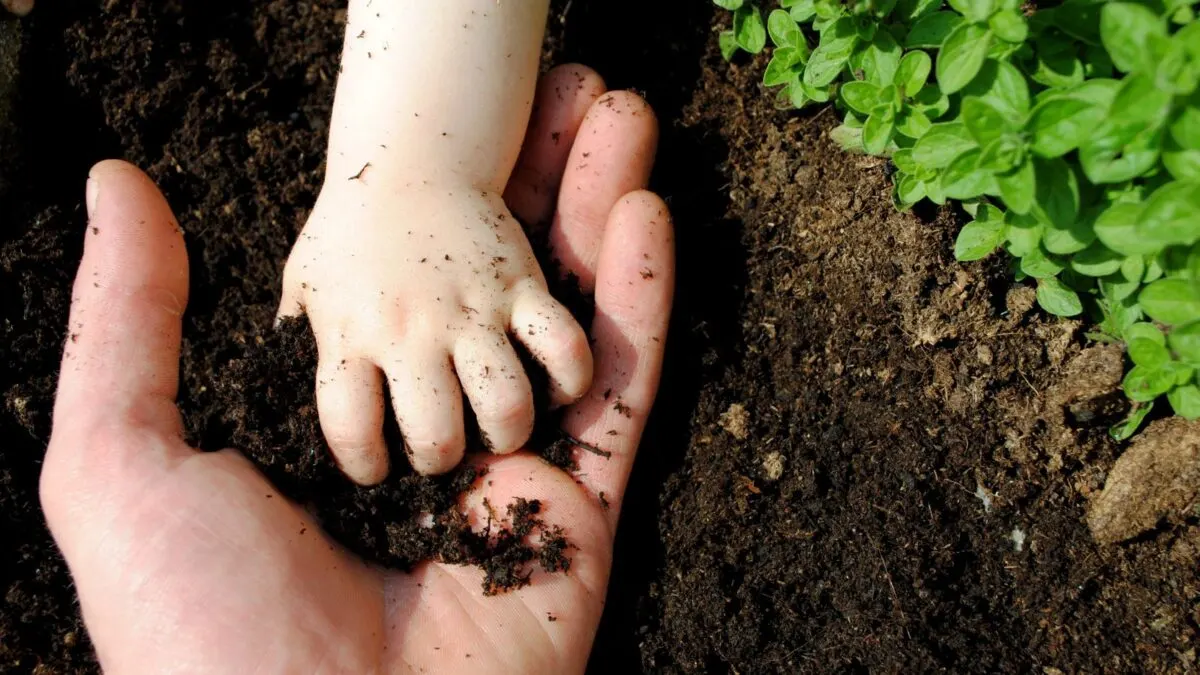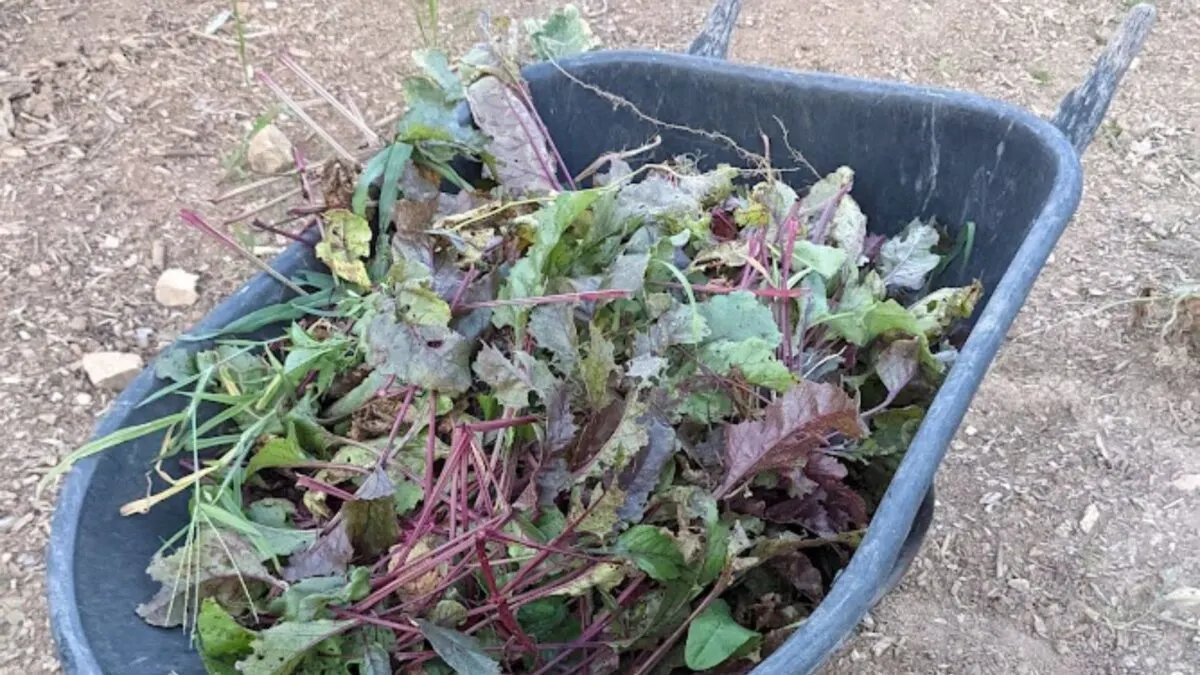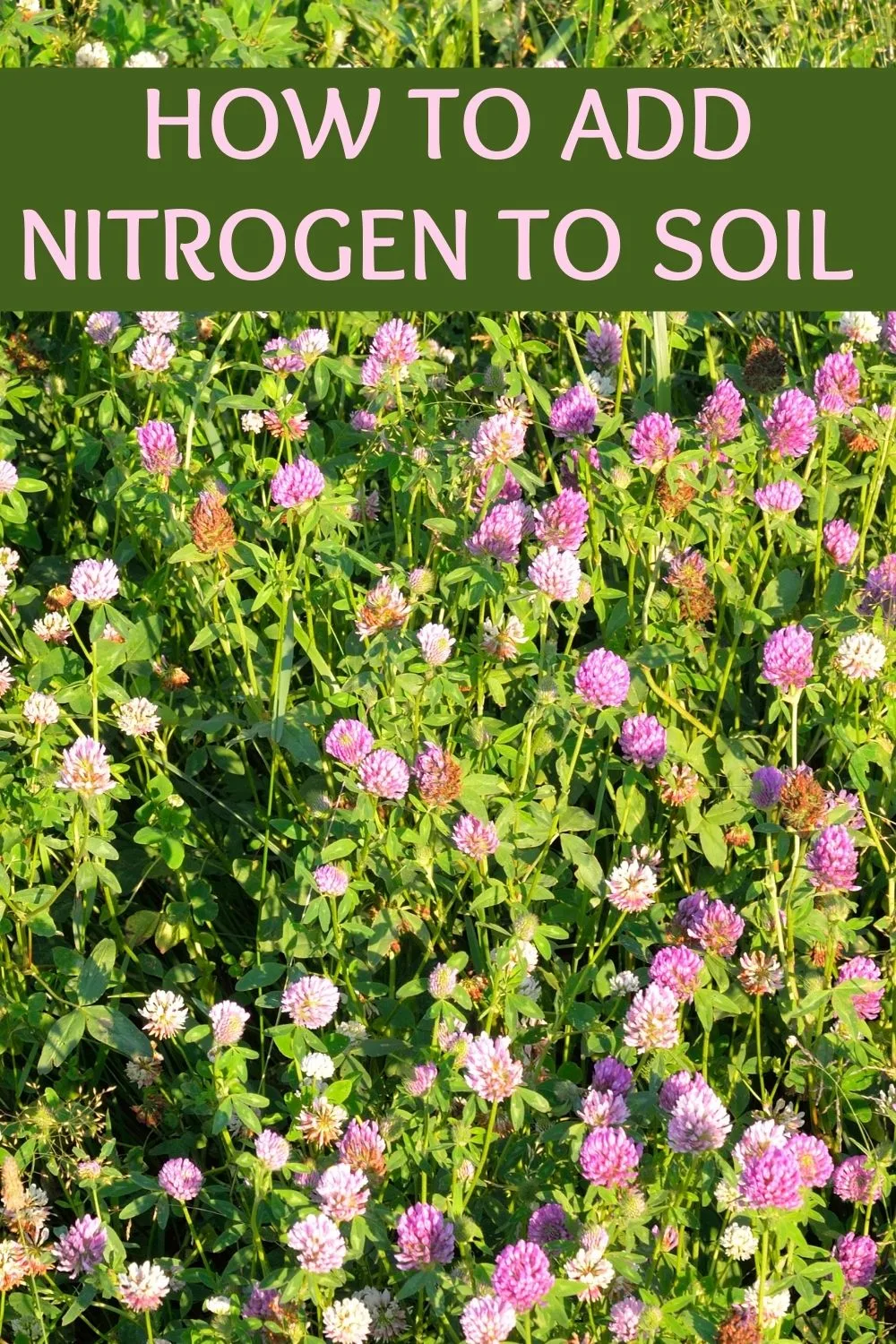Nitrogen is essential for healthy soil. Do you know how to add nitrogen to soil? Nitrogen is a key nutrient for plants, and it helps to promote growth. There will be some in the soil naturally, but there are also times that you need to add it to your soil. Here’s a quick guide to adding nitrogen to your garden soil.
There are a few ways to add nitrogen to the soil, including planting nitrogen-fixing crops, such as peas, clover, or beans, using nitrogen-rich fertilizers, compost, and manure. Each method has its own advantages and disadvantages, so it’s important to choose the right one for your needs.

Nitrogen-rich fertilizers can be expensive, but they’re quick and easy to use. Compost and manure take longer to break down and release nitrogen into the soil, but they’re often more affordable. How can you choose which method is best for you? Should you use both? How do you know when your soil needs more nitrogen? Let’s explore.
How to Add Nitrogen to Soil
One way to balance nitrogen in the soil is to add organic matter. Organic matter helps to improve soil structure and drainage while also providing nutrients for plants. Adding compost or manure to the soil can help to increase organic matter levels and improve nitrogen balance. Additionally, planting cover crops such as legumes can also help to fix nitrogen in the soil and improve its quality.
Here are the best ways to add nitrogen to soil:
- All-purpose organic fertilizer
- Organic lawn fertilizer
- Plant-based products
- Fish and animal by-products
- Certain animal manure
- Homemade compost
Now, let’s break it down in more detail.
1. All-purpose organic fertilizer
All-purpose organic fertilizers are one of the quickest and easiest ways to get more nitrogen into your soil. It comes in several formats, including water-soluble powder, packaged liquid, and granular bits. The percentage of total nitrogen will be labeled on the container and there are several brands like Espoma, Miracle-Gro, and Neptune that carry all-purpose fertilizers.
2. Plant-based products
There are also many plant-based products that you can use to add nitrogen to the soil. Seaweed fertilizer, alfalfa meal, corn gluten meal, fruit vinegar, and neem seed meal are a few examples. Each of these has a specific way it functions and might serve a dual purpose. For example, corn gluten meal is also called “natural weed and feed” because, in addition to giving the soil nitrogen, it also helps prevent weeds.
3. Fish and animal by-products
Fish and animal by-products (fish emulsion) can also help you add more nitrogen to the soil. Blood meal is commonly used. This is a concentrated form of nitrogen, so you do have to be careful with it. It’s very easy to burn your plants when it is overapplied.
4. Certain animal manure
Manure can also be used to help add nitrogen to the soil. Chicken manure is the most commonly used and it works out well if you raise chickens in addition to your gardening because you will have it readily available to you. Bat guano is also used and earthworm castings. Most gardeners use what is most easily available to them. If manure is not an easy access choice for you, then you’ll probably prefer one of the other options on this list.
5. Homemade compost

And you can also use your own homemade compost to help add nitrogen to the soil. This could include grass clippings and yard waste and other organic compost materials. Let’s look at some things you might already be using at home that can help boost nitrogen in the soil.
6. Organic methods of boosting nitrogen in the soil
Here are some ways you can safely and easily boost the nitrogen in your soil. While fertilizer can be a quick fix, these can all be used to add more nitrogen to your soil over time.
Banana peels

Putting banana peels on the bottom of your compost pile or adding them directly into your flower bed before you plant is a great way to add some nitrogen naturally. If you put them under your plants, be sure to allow them to degrade a few days before you put your flowers in.
Coffee grounds

You can save your coffee grounds and reuse them in your garden, too. Coffee releases nitrogen into the soil. It also has magnesium, copper, phosphorus, and potassium. You can sprinkle them directly into your soil, or you can also add coffee grounds to the compost pile. The coffee grounds break down quickly and they can also help balance the pH in your soil.
Eggshells

Eggshells are commonly used in the garden, and this is another way to boost nitrogen in your soil. You can dry them and crush them and then add them directly to the soil or to your compost pile.
Weeds and legumes

You can also use plants in the legume family to convert nitrogen from the air into a compound that the plants are able to use. You can also take weeds or grass clippings from your yard and put those in the compost pile. If you use a mulching mower, this makes it even easier to use your grass clippings for this.
Fish tank water

Here’s one you may not have thought of: fish manure is high in nitrogen, potassium, and phosphorus. This makes it a great natural fertilizer so each time you clean out your fish tank, you can save the old water in a bucket and then feed your plants with it. Just be sure not to use it if you have had sick fish or used medicine for sick fish. This can harm or kill your plants.
Low nitrogen levels can cause unhealthy soil and low plant growth, but there are many great ways of improving it. From natural ways to get enough nitrogen to chemical fertilizer and compost, it’s all about finding what works best for you.
Why Do Plants Need Nitrogen?
First, let’s look at why nitrogen is so important to the health of plants. Plants need oxygen for a process called nitrogen fixation. Nitrogen is an important part of amino acids, which are the building blocks of proteins. Proteins are essential for the structure and function of all cells in the plant.
Oxygen is needed to convert nitrogen in the air into a form that plants can use. This process is called nitrogen fixation. This occurs when nitrogen molecules in the air combine with hydrogen molecules to form ammonia. Ammonia is then used by plants to make amino acids, which are the building blocks of proteins.
Oxygen is also used by plants to convert nitrogen into nitrates, which is another form of nitrogen that plants can use. Nitrates are typically found in soil and water, and they are absorbed by plants through their roots. Nitrates are then used by plants to make nitrogen-containing compounds such as chlorophyll, which is essential for photosynthesis.
How nitrogen is added to soil
Nitrogen converts into different forms as it moves through the different parts of the ecosystem, including the soil. It has a cyclic nature to it and when it comes to gardening, we can help it along in the process, when needed.
How does it work? Bacteria helps bring atmospheric nitrogen down into the earth and nitrogen can also be transported through soil by groundwater.
Nitrogen can be added to soil in a number of ways, including through the decomposition of organic matter and the use of nitrogen-rich fertilizers. However, nitrogen can also be introduced into the soil through the process of nitrogen fixation, as referenced above.
Nitrogen fixation is a natural process in which nitrogen-containing molecules are converted into nitrogen gas. This gas is then used by bacteria to create ammonium, which is then absorbed by plants. As a result, nitrogen fixation plays an important role in maintaining healthy levels of nitrogen in the soil. You can add nitrogen to your soil directly through fertilizer, and indirectly by assisting in the process of nitrogen fixation.
But my favorite method of adding nitrogen to the soil is growing plants that do it for me! Peas, beans, clover, peanuts, and alfalfa are great for adding nitrogen to the garden. And you get to eat them too 😉
How to balance nitrogen in the soil
Nitrogen is an important element in maintaining a healthy soil balance. Too much nitrogen can lead to excessive growth of plants, while too little nitrogen can stunt plant growth. The key to maintaining a healthy nitrogen balance is to rotate nitrogen-rich and nitrogen-poor crops.
This is also very important in farming. Nitrogen-rich crops include beans, peas, and lentils, while nitrogen-poor crops include corn, wheat, and oats. By rotating these crops, farmers can help to ensure that their soil remains healthy and productive.
You should always do a soil test before adding any fertilizer to your soil, in order to know exactly which nutrients are out of balance. The best soil tests will also tell you what is needed to bring the nitrogen levels up properly.
When in doubt, use the least amount possible. Too much fertilizer is bad for your soil and also for the ecosystem around it. You should only add nutrients when they are truly needed.
Signs you need to supplement nitrogen
If your soil has a nitrogen deficiency, then you may need to do something to help supplement it. An imbalance of nitrogen in the soil can lead to stunted growth, yellow leaves, and weak stems. While nitrogen is essential for plant growth, it is also important to keep nitrogen levels in check.
If your soil is lacking nitrogen, here are some signs you may see:
- Leaves turn from green to pale green to yellow
- Plant wilting
- Necrosis
However, there are many other things that can cause the same symptoms. At the end of the day, there’s no way to be 100% certain without a soil test.
Soil testing kits
The only way to accurately test the nitrogen levels in your soil is with a soil test. You can find them at your local plant nursery, hardware store, or at Amazon. Here are some to consider:
MySoil – Soil Test Kit
Here is a common, dependable soil testing kit that helps you take control of the nutrients in your soil by monitoring for any deficiencies. It’s really easy to use, even if it’s your first time.
Rapitest Test Kit for Soil pH, Nitrogen, Phosphorous, and Potash
This is a super simple, rapid results, a disposable testing kit that you can purchase and have on hand for whenever you need them. They’re very convenient.
LaMotte N-P-K Soil Test Kit
This is an easy-to-use, complete soil testing kit that will allow you to track the nutrients in your soil and look for any deficiencies.
Soil Tester, 7-in-1 Soil pH Meter Kit with Moisture, Temperature, Conductivity, Nitrogen, Phosphorus, and PH Test
If you know that you will be testing your soil a lot, you may opt for a meter like this one, rather than using disposable test kits. It’s all up to you, how often you will use it, and what method you think is easiest.
Typically, these soil kits test for NPK – the three important nutrients to the soil: nitrogen, phosphorus, and potassium. Your fertilizer labels will also contain numbers that represent the ratio of each one. For example, 10-10-10 pr 10-8-10.
Conclusion
Ultimately, the best way to add nitrogen to the soil is to experiment and find what works best for you. It’s also important to take your specific needs into account. When you need a quick fix, you may require a fast method like fertilizer. However, if you’re just looking to keep the natural nitrogen levels up over time, then adding some of the organic methods into your regular routine can work.
It’s always a smart idea to keep some soil testing kits on hand so you can use them in a pinch if you suspect something is off. Nitrogen is an essential nutrient for the growing season and if you have a deficiency in your garden soil, you may need to take the steps to add nitrogen to it. These tips can help you find the best methods of doing that.
Do you have a favorite method that you want to share with us?









